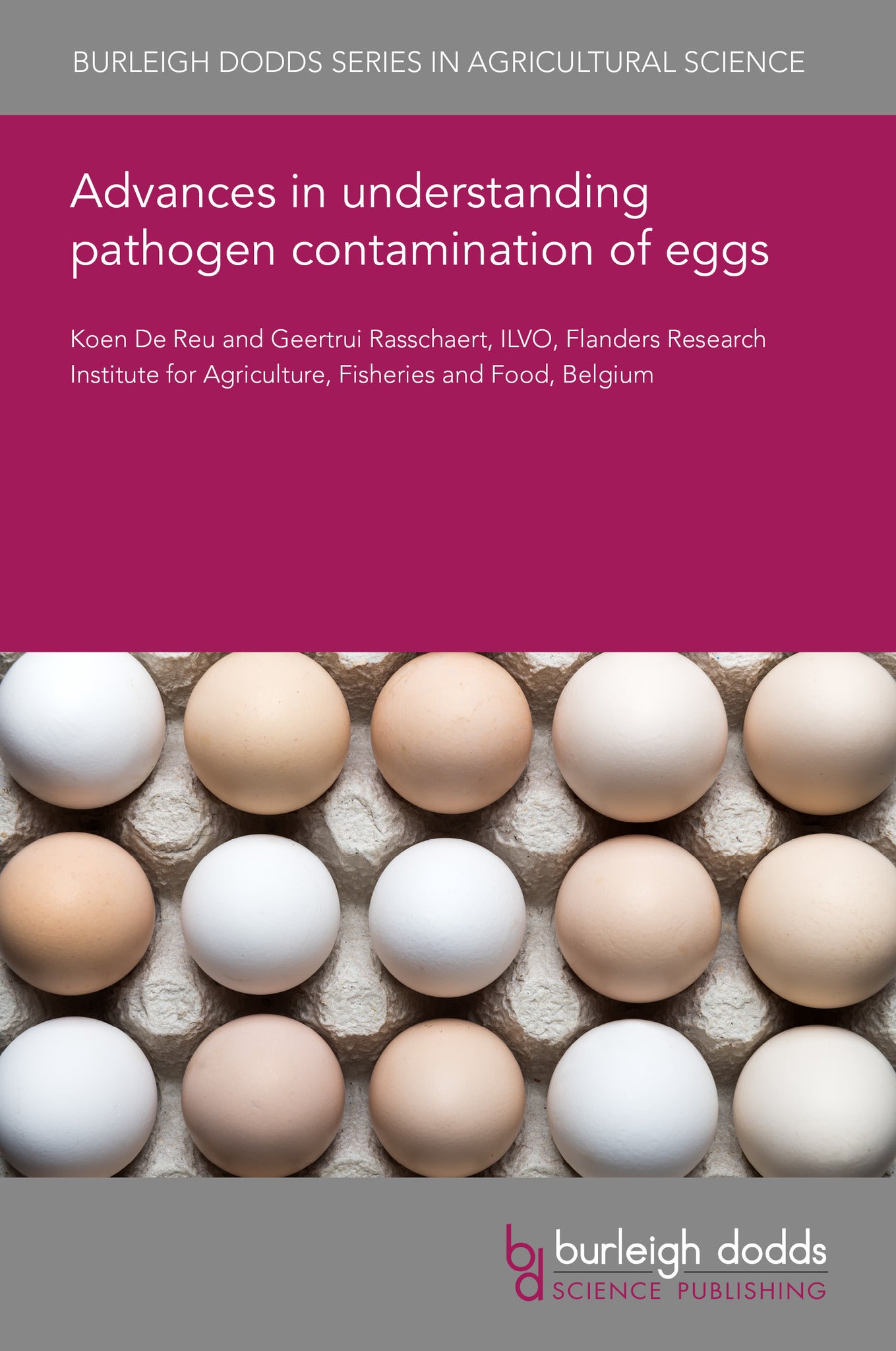We're sorry. An error has occurred
Please cancel or retry.
Advances in understanding pathogen contamination of eggs

Some error occured while loading the Quick View. Please close the Quick View and try reloading the page.
Couldn't load pickup availability
- Format:
-
14 November 2025

Eggs are considered healthy because they are a source of proteins, vitamins, and unsaturated fatty acids. However, they may also be subject to microbial contamination. Eggs possess numerous antimicrobial self-defence mechanisms, which include mechanical defences such as the cuticle, shell and shell membranes as well as the antimicrobial properties of egg albumen including lysozyme, avidin and ovotransferrin. Additionally, the pH of the albumen and the viscosity play a role. These protective mechanisms both support the reproduction of chicks and also prevent microbial contamination. However, contamination of eggs can occur at every stage of the production chain, including contamination by foodborne pathogens. This chapter reviews egg defences, pathogens risks and management.

TECHNOLOGY & ENGINEERING / Agriculture / Animal Husbandry, Poultry farming, TECHNOLOGY & ENGINEERING / Agriculture / Sustainable Agriculture, TECHNOLOGY & ENGINEERING / Food Science / Food Safety & Security, Sustainable agriculture, Agricultural science, Food and beverage safety

- 1 Introduction
- 2 Advances in general egg microbiology
- 3 Pathogens associated with eggs
- 4 Advances in factors influencing contamination risks with Salmonella
- 5 Advances in strategies for controlling Salmonella and other pathogen contamination: pre-harvest interventions
- 6 Advances in strategies for controlling Salmonellaand other pathogen contamination: biosecuritymanagement of housing and production
- 7 Conclusion and future trends
- 8 Acknowledgement
- 9 References



